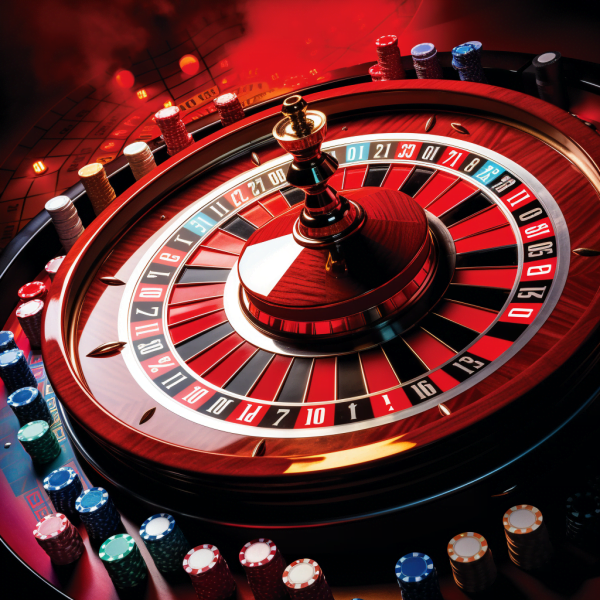The allure of the Martingale system lies in its beguiling simplicity. At its core, it promises the potential of recouping losses and turning a profit with just one win. But as many seasoned gamblers will attest, the world of roulette is filled with unpredictability. In this deep dive, we’ll explore the Martingale system’s intricacies, its historical significance, and its place in modern-day gambling.
Historical Roots: From France to Modern Casinos
Originating in 18th century France, the Martingale system was named after casino owner John Henry Martingale. He advocated for the strategy, believing in its potential to keep gamblers at the tables longer. Over the years, the system traveled across borders, finding its way into the strategies of players worldwide.
The Martingale’s historical significance isn’t just tied to its age but also to its reflection of human psychology. The desire to chase losses, to believe in the possibility of a turnaround, is a testament to our innate optimism and risk-taking tendencies.

Delving into the Mechanics
At its heart, the Martingale is a negative progression system. Players double their bets after each loss, aiming to recover their losses when a win eventually occurs. On the surface, this seems like a foolproof method. After all, a win has to come around eventually, right?
However, the reality of gambling, combined with the constraints of table limits and personal bankrolls, can make this system a risky endeavor. The exponential growth of bets can quickly escalate, leading to potential significant losses.
The Bright Side: Advantages of the Martingale
For those with deep pockets or playing at tables with generous limits, the Martingale can offer enticing short-term gains. The strategy is straightforward to understand and implement, making it accessible even for roulette novices.
Furthermore, the thrill of pursuing losses, combined with the potential of a significant win, can make the game incredibly exhilarating. For many, this emotional roller-coaster is what gambling is all about.
Caution Ahead: The Inherent Risks
The Martingale system, while promising, comes with its set of challenges. The primary concern is the rapid depletion of a player’s bankroll during an extended losing streak. Additionally, table limits can hinder the strategy’s effectiveness, as players might hit a ceiling where they can no longer double their bets.
Another often overlooked aspect is the psychological toll. Chasing losses can be emotionally draining, leading players to make irrational decisions or deviate from their strategy.
Variations on a Theme: Adapting the Martingale
Over the years, players have introduced variations to the classic Martingale system. The “Mini Martingale” limits the number of times a player doubles their bet, aiming to reduce the risk of significant losses. The “Grand Martingale,” on the other hand, adds an additional unit to the doubled bet, aiming for a more significant profit.
How Does the Martingale System Compare to the Fibonacci System in Gambling Strategies?
The martingale system and the Fibonacci system are popular gambling strategies. While the martingale system focuses on doubling bets after each loss, the Fibonacci system follows the fibonacci number sequence to determine bet amounts. The martingale system is more aggressive, while the Fibonacci system is considered a more moderate approach.
Weighing the Odds
The Martingale system, with its blend of history, psychology, and strategy, offers players a unique approach to the game of roulette. While its promise of recouping losses is alluring, it’s essential to understand the risks involved. As with all gambling strategies, it’s crucial to set limits, play responsibly, and remember that the true essence of roulette lies in the thrill of the game, not just the outcome.



